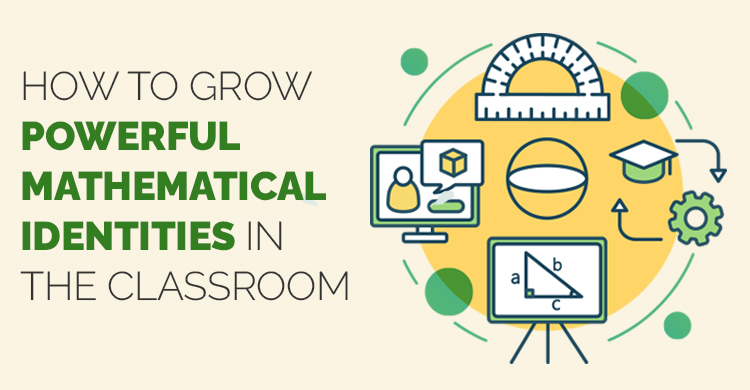Sometimes it feels like mathematics teachers live on an island, separated from other subject area teachers. When another subject area teacher uses or references mathematics it is done with the expectation that students have already learned the content in our classrooms. Where is the help and support from colleagues? Why must mathematics teachers bear the responsibility for helping all students learn mathematics when all teachers are supporting students learning the reading and writing standards in a school-wide literacy framework?
This is a question I hear often, a belief I once held, and a mindset in need of changing. Perhaps it is time to look at the issue through a new lens. How are the other subject area teachers working to support students learning in our classrooms?
The November 2013 issue of Educational Leadership focused on teaching students to read and access informational text. While reading the journal, several statements struck me as similar to teaching students to read high level tasks and mathematical texts. Mary Ehrenworth mentions teachers in subject areas needing to find text that is “accessible, engaging and complex”. (Ehrenworth, 2013, p. 18) If sufficiently complex, the informational text allows students to integrate ideas and feel success at meeting the challenge, gaining “new insights and epiphanies” through solving the task (Ehrenworth, 2013, p. 18). Don’t we do the same thing when finding worthwhile high cognitive tasks to use in class? What are students learning in other areas that will help us?
When reading information text, Fisher and Frey establish several considerations, three of which include a connection to mathematics learning: (1) establish purpose, (2) use close reading, and (3) utilize collaborative conversations. (Frey & Fisher, 2013, pp. 35 – 37) Why should students engage in a task? What is the purpose of the work and why does an answer need to be found? Can students generate their own questions? How can they interact with one another to challenge each other to solve problems using collective strategies? In close reading, teachers provide short passages and model posing questions while reading the text to monitor one’s own thinking. Students learn to annotate text and answer text dependent questions that require critical thinking and reread passages as needed.
Sound familiar? Perhaps the literacy framework used in cross curricular areas actually can support students learning mathematics. One challenge is for us to recognize the connections and tap into the strategies students are already learning. Another challenge is to allow students the time to productively struggle when solving problems while developing curiosity to ask more questions and explore the true beauty of mathematics.
A teacher in Oregon recently shared with me the gains made by students in Algebra 1 and Calculus AP classes when she and her collaborative team started to focus on reading informational text as part of a school-wide literacy program. Perhaps we actually are all working to deepen students’ critical thinking skills and the island is really a community.
References:
Frey, N. & Fisher, D. (2013). Points of Entry. Educational Leadership, 71 (3), 35 – 38.
Ehrenworth, M. (2013). Unlocking the Secrets of Complex Text. Educational Leadership, 71 (3), 16 – 21.
[author_bio id=”354″]






